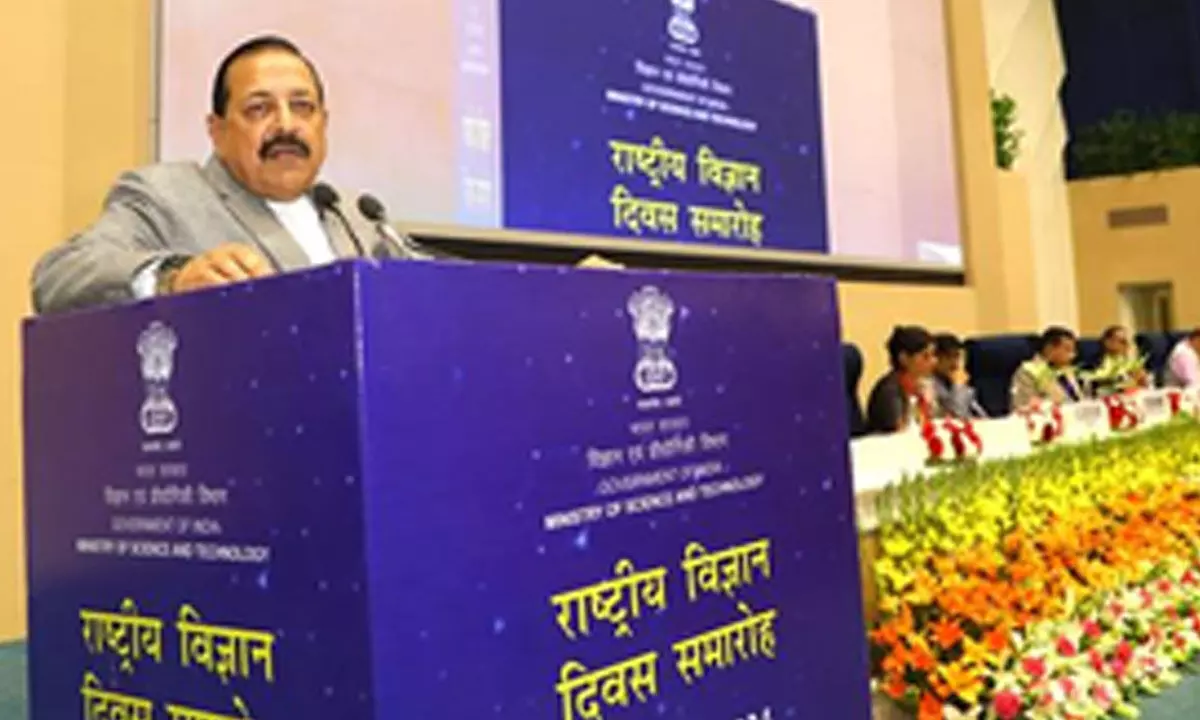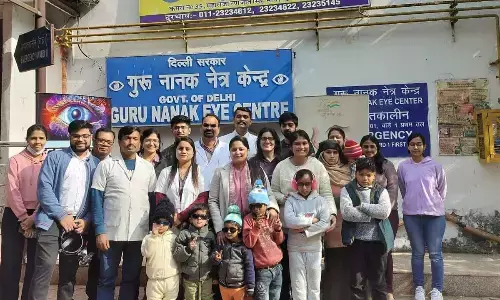Indian scientists ace 1st human clinical trial of haemophilia A gene therapy
Share :

Scientists at the Christian Medical College (CMC) Vellore have successfully conducted the country's first human clinical trial of gene therapy for haemophilia A (FVIII deficiency), Union Minister Dr. Jitendra Singh said on Wednesday. He said this while addressing the "National Science Day 2024" programme at Vigyan Bhawan here.
New Delhi: Scientists at the Christian Medical College (CMC) Vellore have successfully conducted the country's first human clinical trial of gene therapy for haemophilia A (FVIII deficiency), Union Minister Dr. Jitendra Singh said on Wednesday. He said this while addressing the "National Science Day 2024" programme at Vigyan Bhawan here.
Hemophilia A is a genetic disorder caused by missing or defective factor VIII (FVIII), a clotting protein, which means the patient bleeds longer than others.
The clinical trials involved deploying a novel technology of using a lentiviral vector to express a FVIII transgene in the patient's own haematopoietic stem cell, which will then express FVIII from specific differentiated blood cells.
India is home to the second-largest population of patients living with Haemophilia, with an estimated 1,36,000 individuals grappling with hemophilia A.
However, only around 21,000 are registered at present.
About 80 per cent of hemophilia cases go undiagnosed in India as several hospitals and medical institutions lack screening capabilities for blood clotting, affecting the diagnosis of new cases. "The manufacturing of this vector will commence soon in India and proceed with further clinical trials," the minister said.
The trial was supported by the Department of Biotechnology, the Centre for Stem Cell Research -- a unit of InStem Bengaluru, in collaboration with Emory University, US at Christian Medical College, Vellore.
In about 80 per cent cases, haemophilia manifests as bleeding, most frequently involving the large joints like knees, ankles, elbows, hip and wrist, followed by deep bleeds affecting large body muscles.
However, the most dangerous ones are bleeds affecting the head/brain, neck, chest cavity and abdominal and pelvic cavity.















